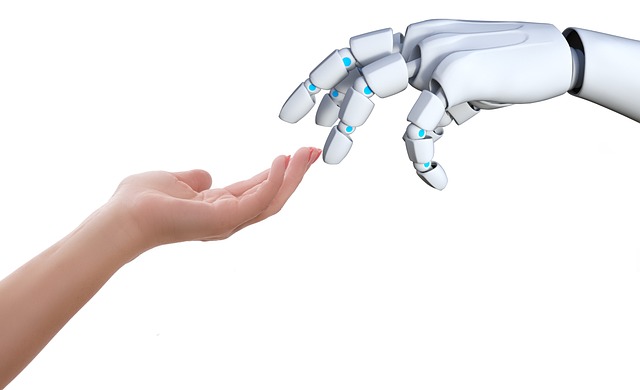The landscape of business automation is undergoing a seismic shift due to advancements in robotics and artificial intelligence (AI). This evolution is reshaping workplaces, enabling a novel form of human-robot collaboration that not only enhances productivity but also redefines the roles of employees in diverse sectors. As robots and AI systems become increasingly integrated into everyday operations, businesses are beginning to unlock unparalleled levels of efficiency and creativity.
Robotics technology has advanced dramatically over the last few years, with machines becoming more capable of performing complex tasks that were once thought to be the exclusive domain of humans. These advancements mean that robots are now capable of working alongside employees, taking on tasks that are repetitive, dangerous, or require immense precision. This human-robot collaboration is not about replacing human workers but rather augmenting their capabilities and allowing them to focus on higher-level responsibilities.
Artificial intelligence complements this robotic integration by providing the decision-making abilities that were traditionally reserved for human intellect. AI algorithms can analyze vast amounts of data, recognizing patterns and making predictions that enable businesses to streamline their operations. In scenarios where speed and accuracy are crucial, human-robot collaboration shows its true potential, as robots process data and execute tasks with remarkable efficiency, while humans deploy creative problem-solving skills and critical thinking.
The combination of robotics and AI in business automation opens new doors for innovation. For example, in manufacturing, collaborative robots, or cobots, can work side-by-side with human workers to assemble products, ensuring a smooth workflow and reducing downtime. In warehousing, autonomous robots can efficiently transport goods, enabling human employees to focus on customer service and strategic planning. This symbiosis results in a work environment that is not only more efficient but also more engaging, as employees shift from mundane tasks to more meaningful work.
Moreover, as industries adopt these technologies, the demand for advanced skills will grow. This shift necessitates rethinking training and education to equip the current and future workforce with the essential skills needed for effective human-robot collaboration. Companies that prioritize reskilling and upskilling their teams will thrive in this new era of automation, ensuring that their employees remain valuable contributors to their organizational success.
As businesses continue to embrace automation, the potential for enhanced productivity and innovation is immense. The human-robot collaboration paradigm is transforming traditional business models and leading us toward a future where humans and machines coexist in harmony, driving progress and efficiency to new heights. In this accelerated journey toward automation, it is essential for organizations to foster a culture of collaboration, embracing the mutual benefits that arise from this symbiotic relationship.




